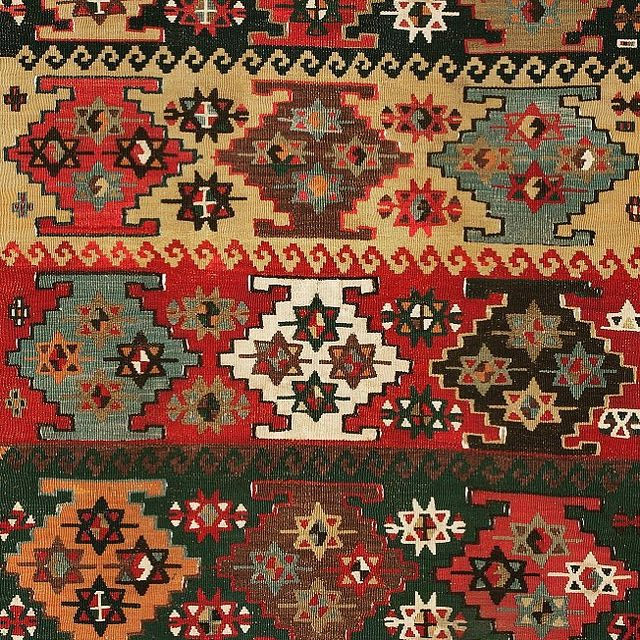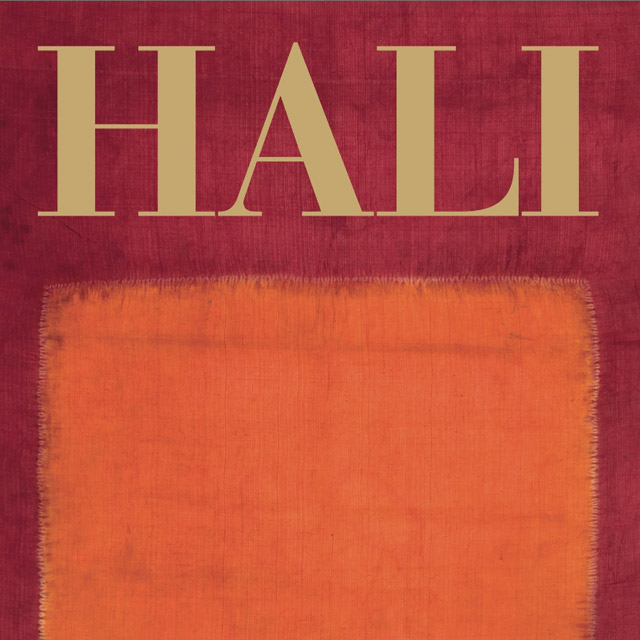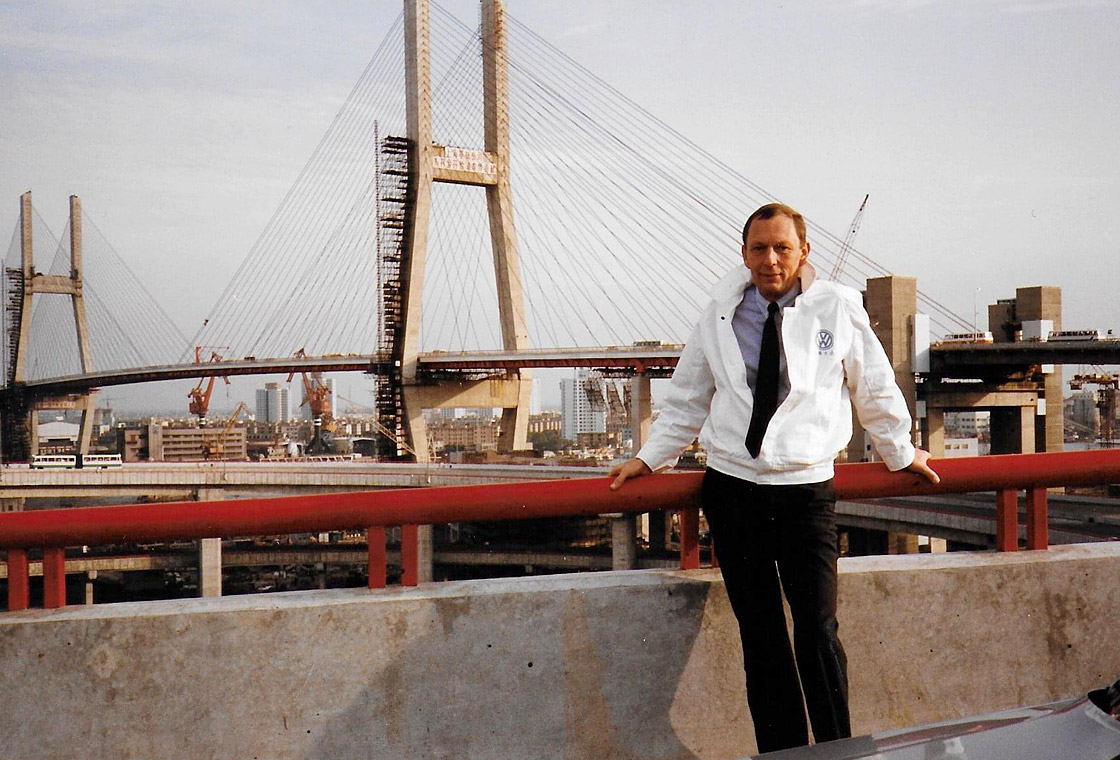
Martin Posth Collection:
Passion meets Culture
Istanbul, 1977. Martin Posth discovers a rug while dissolving the estate of his uncle. He is instantly fascinated by this “Tekke” which would eventually become the cornerstone of his unique collection. At the same time, one of his late uncle’s friends introduces him to the cultural, historical and social meaning of rugs and carpets and of the Istanbul Grand Bazaar’s importance for this rich culture. “It was in this moment that he caught fire”, his daughter Jana reflects.
On June 24, 2019 a total of 45 Chinese and Tibetan rugs were donated to the Shanghai Museum by the Martin Posth Collection – represented during a festive ceremony by Martin Posth’s daughters Jana and Alexa as well as his wife Katharina and in the presence of Yang Zhigang (Director Shanghai Museum), Prof. Dr. Carl Hahn, (1982 – 1993 CEO Volkswagen AG, Wolfsburg), Dr. Christine Althauser (Consul General, Shanghai), Prof. Dr. Burkhard Welkener (Former Managing Director of Volkswagen Motor Polska) and Dr. Oliver Hartmann (Director Goethe Institute Shanghai) and many other invited guests of honor. Martin Posth provided this donation in his will and got in touch with the Shanghai Museum himself shortly before his passing.
Martin Posth was deeply fascinated by the Art of Knotting and Weaving – the craft of true artists, the weaving Women. Also, he learned to decipher their storytelling techniques. He collected only items that thrilled him on a visual as well as a narrative level. Propelled by endless curiosity, he could stroll around the Bazaars of Istanbul for hours. He wasn’t trying to spot collectable items, mostly he was looking for inspiration. This is how he found these extraordinary rugs and kilims that are now part of his collection – with open eyes, ears and an open heart.
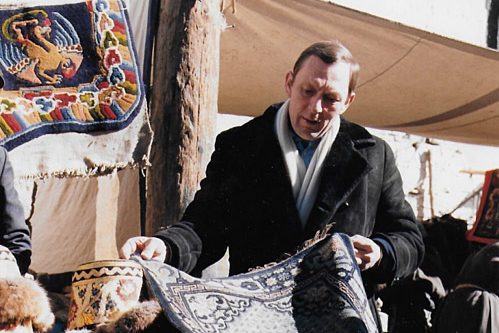
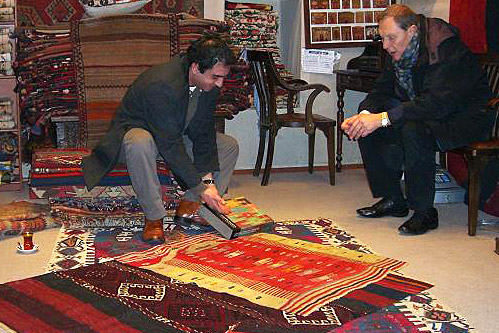
Martin Posth Collection goes Shanghai
On June 24, 2019 a total of 45 Chinese and Tibetan rugs were donated to the Shanghai Museum by the Martin Posth Collection – represented during a festive ceremony by Martin Posth’s daughters Jana and Alexa as well as his wife Katharina and in the presence of Yang Zhigang (Director Shanghai Museum), Prof. Dr. Carl Hahn, (1982 – 1993 CEO Volkswagen AG, Wolfsburg), Dr. Christine Althauser (Consul General, Shanghai),Dr. Burkhard Welkener (Former Managing Director of Volkswagen Motor Polska) and Dr. Oliver Hartmann (Director Goethe Institute Shanghai) and many other invited guests of honor. Martin Posth provided this donation in his will and got in touch with the Shanghai Museum himself shortly before his passing.
Martin Posth was intensely connected with China, particularly with Shanghai. As a leading manager of VW he was in charge of building the very first car factory in China between 1984 and 1988, Shanghai Volkswagen. He established a relationship between Germany and China that shaped not only himself but the culture of understanding between the two countries. He was a strong proponent of an exchange at eye level and relentlessly worked for it with both sides. Therefore, he contributed heavily to the strong cultural connection between China and Germany and to the benefits that such mutual learning provided. For his commitment, Martin Posth was awarded the Honorary Citizenship of Shanghai in 1997.
Most of the rugs of the donated collection originate from Ningxia and Tibet, a few were produced in Inner Mongolia. All were identified by experts and are of amazing variety. Martin Posth wrote down the histories and backgrounds of all his rugs in extensive diaries. The Shanghai Museum plans to publish his notes in relation to the Chinese and Tibetan rugs.
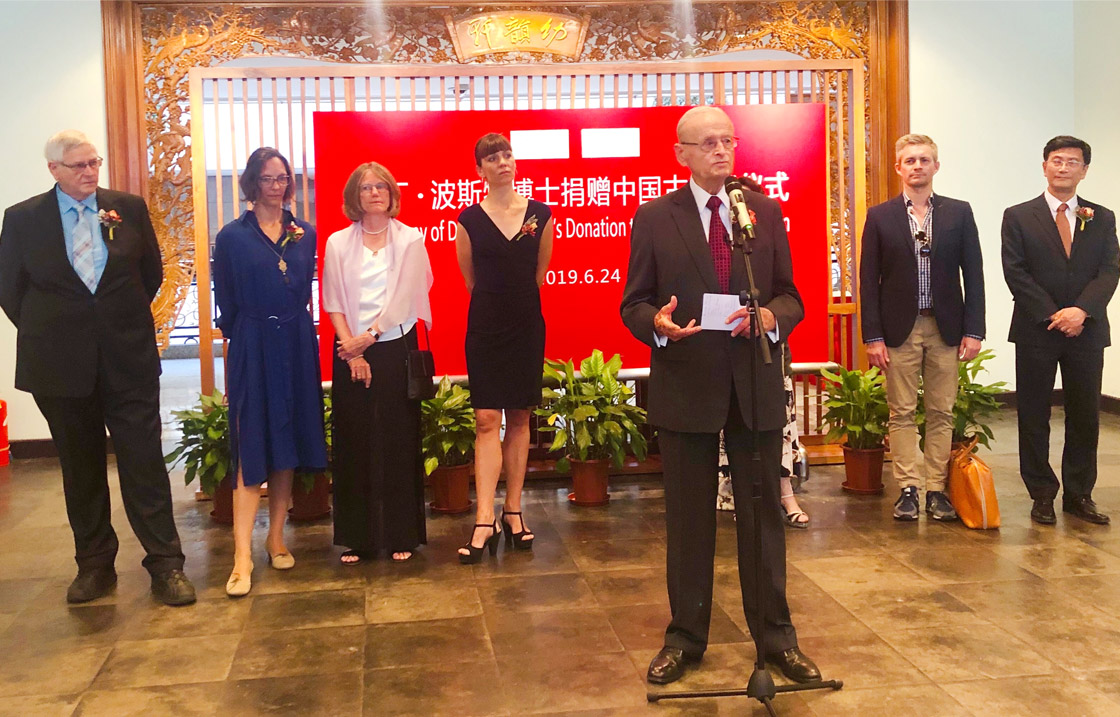
Antique rugs today
Further questions?
Get in touch.
